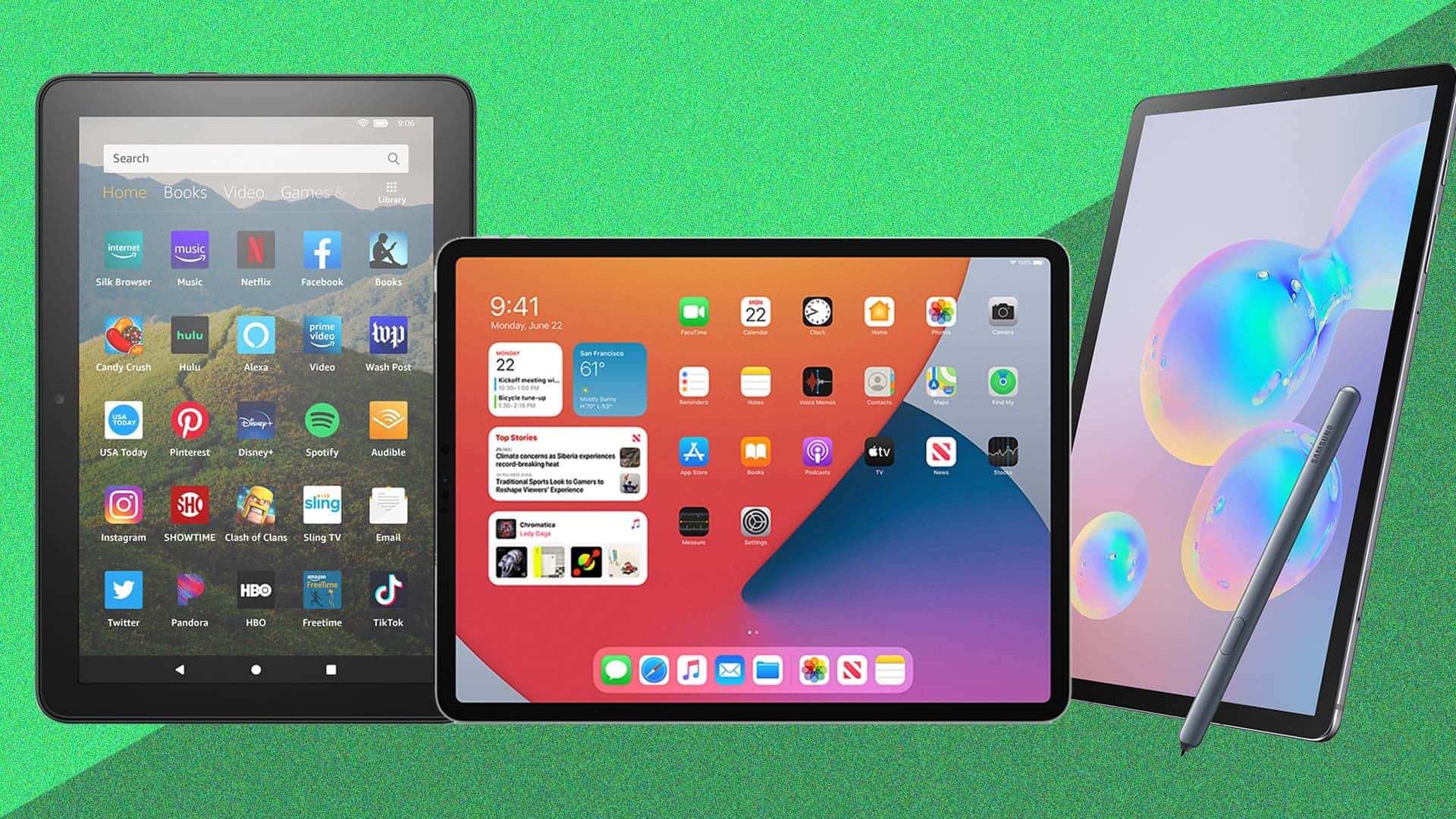In the modern educational landscape, tablets have become a very relevant tool for students. Their versatility, portability, and interactive capabilities make them ideal companions for both in-classroom learning and remote study. However, with a plethora of options available, choosing the right tablet can be a huge task. This guide aims to simplify the process by providing you with valuable insights and practical tips on selecting the best tablet for students.

1. Identify Your Needs and Budget
Before delving into the world of tablets, it’s essential to understand your specific needs and set a budget. Consider factors such as:
- Usage: Are you primarily using the tablet for note-taking, reading e-books, multimedia consumption, or productivity tasks?
- Software: What operating system do you prefer – iOS, Android, or Windows?
- Performance: Will you need a tablet with robust processing power for multitasking or resource-intensive applications?
- Battery Life: How long does the battery need to last to accommodate your daily routine?
- Accessories: Do you need a stylus, keyboard, or other accessories to enhance your tablet’s functionality?
Setting a budget will narrow down your options and help you make a more focused decision.
2. Consider the Tablet Size and Portability
Tablets come in a range of sizes, from compact 7-inch models to larger 12-inch ones. Your choice should depend on your needs. It should also depend on how you plan to use the tablet. Smaller tablets are more portable and easier to hold for extended periods. This makes them great for on-the-go studying. On the other hand, larger tablets offer more screen real estate for multitasking, reading, and viewing multimedia content.
3. Choose the Right Operating System
The choice between iOS, Android, and Windows depends on your familiarity, needs, and the software ecosystem you want to access:
- iOS: Apple’s iPads are known for their smooth performance, excellent build quality, and access to a wide range of educational apps through the App Store. They also offer compatibility with other Apple devices if you’re already within the Apple ecosystem.
- Android: Android tablets provide a broader range of options and price points. They offer custom services and easily integrate with Google services. This makes them suitable for users who are already invested in the Android ecosystem.
- Windows: Windows tablets offer the advantage of running full desktop apps. This makes them a solid choice for students who require software like Microsoft Office or other custom apps.

4. Prioritize Performance and Storage
For students, a tablet’s performance is crucial for multitasking and running educational apps smoothly. Look for a tablet with a decent processor (such as an Apple A-series chip or Qualcomm Snapdragon), ample RAM (at least 4GB), and enough storage capacity. While cloud storage options are available, having onboard storage can be beneficial, especially when working offline.
5. Display Quality and Resolution
The display is your primary interface with the tablet, so ensure it meets your needs. Look for:
- Resolution: Higher resolution displays offer crisper text and better image quality. Aim for at least Full HD (1920 x 1080) resolution.
- Brightness and Color Accuracy: A bright display with accurate colour reproduction is important for reading, multimedia consumption, and visual tasks.
- Screen Technology: Consider devices with features like an anti-glare coating or a high refresh rate (ideal for smoother animations and stylus input).
6. Battery Life
A tablet’s battery life determines how long it can sustain your study sessions without needing a recharge. Look for tablets that offer at least 8-10 hours of battery life under normal usage. Keep in mind that battery life can vary based on usage patterns and tasks.
7. Stylus and Note-Taking Capabilities
For students who prefer handwritten notes or illustrations, a tablet with stylus support is a game-changer. Look for tablets that come with a responsive stylus or have compatibility with high-quality third-party styluses. Some tablets even offer palm rejection technology to prevent accidental marks while writing.
8. Connectivity Options
Consider the connectivity options available on the tablet, such as Wi-Fi, cellular data, Bluetooth, and USB ports. These features can affect your ability to connect to the internet, use peripherals, and transfer files.
9. Reviews and User Feedback
Before making a final decision, read reviews from reputable sources and consider user feedback. Reviews can provide insights into real-world performance, battery life, and any potential issues you might encounter with the tablet.
![]()
10. Longevity and Future-Proofing
Investing in a tablet is a long-term decision. Opt for a tablet that offers a balance between current specs and future-proofing. A tablet with decent performance and a good track record of receiving software updates is more likely to remain useful for a longer period.
11. Consider Additional Accessories
Accessories can enhance your tablet’s functionality and productivity. Depending on your needs, consider investing in a keyboard case, protective cover, screen protector, and any other accessories that complement your tablet usage.
12. Test Before Buying
If possible, visit a store to physically interact with the tablets you’re interested in. Testing the user interface, responsiveness, and stylus capabilities can help you make an informed decision. While reading reviews helps a lot, testing the device in a store will give direct first-hand information.
Conclusion
Selecting the best tablet for students requires careful consideration of factors such as usage requirements, budget, operating system preference, performance, and more. By following the tips outlined in this guide, you can confidently navigate the options available and choose a tablet that aligns with your academic needs and enhances your learning experience. Remember, a well-chosen tablet can be a valuable tool that empowers you on your educational journey.





